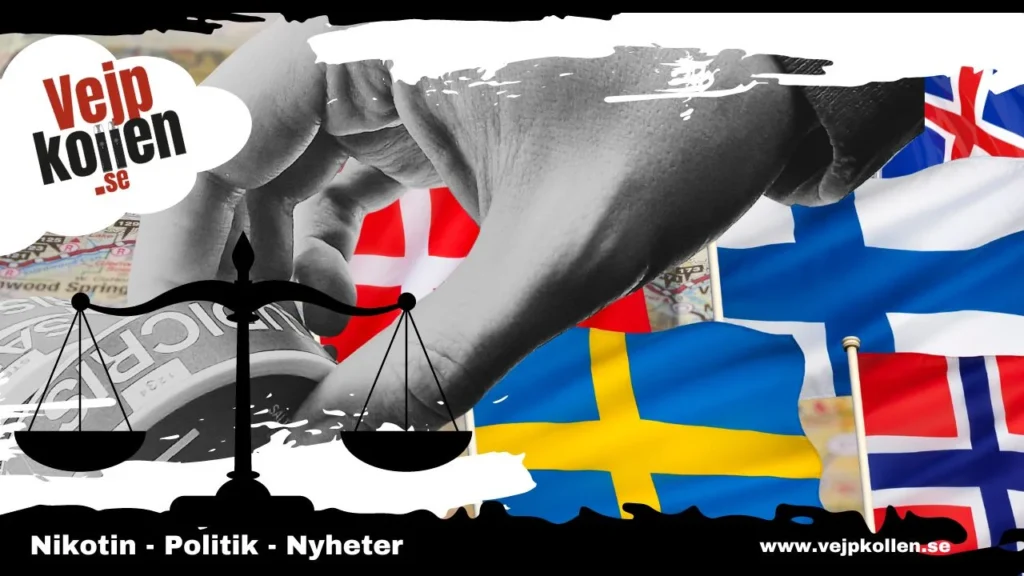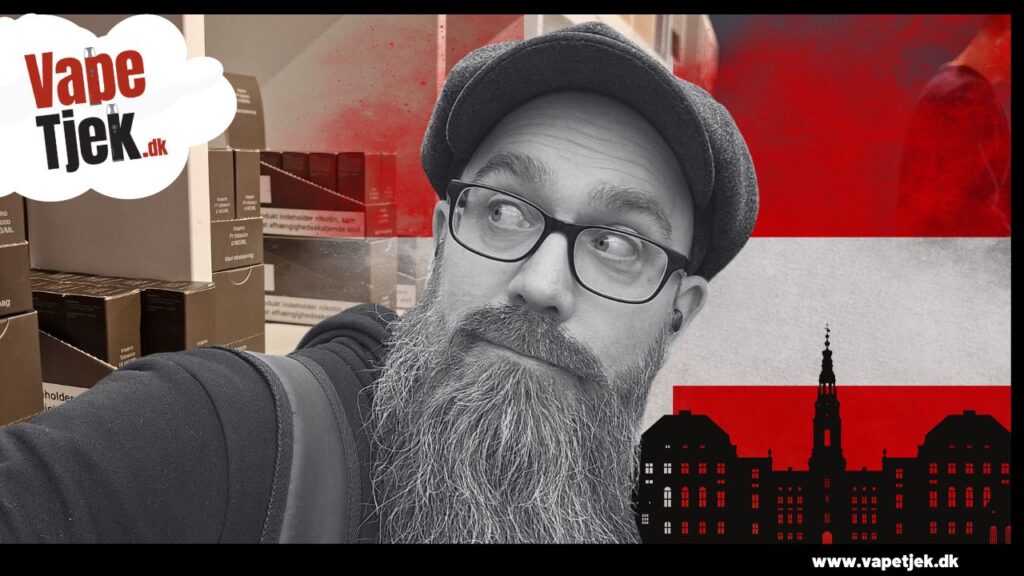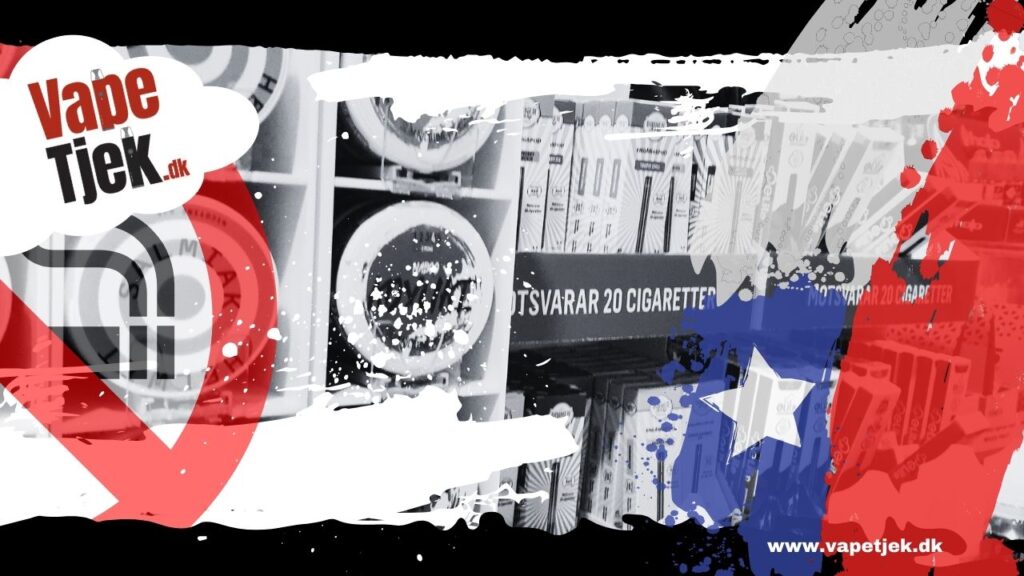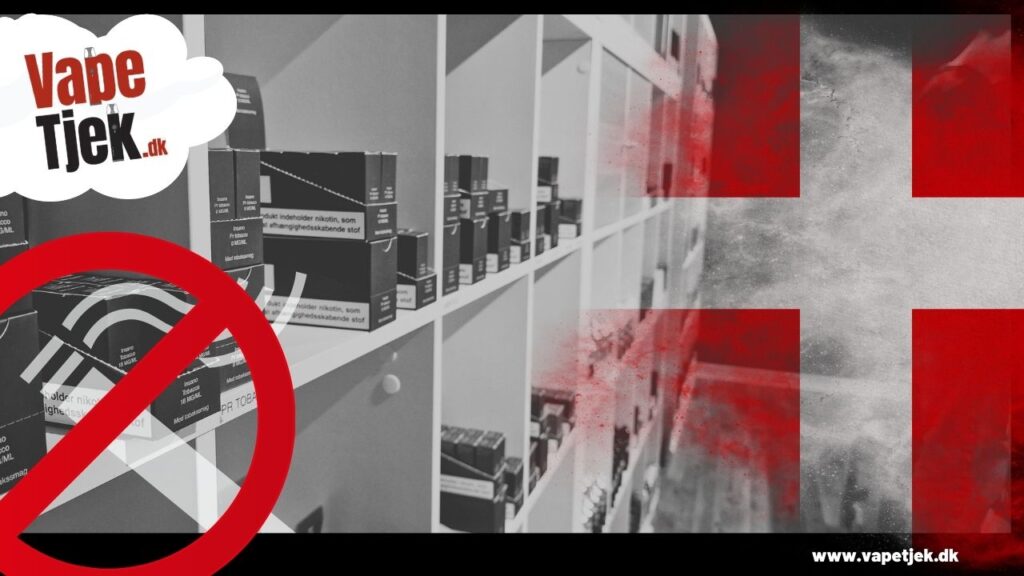Introduce a common limit for nicotine pouches in the Nordic countries. This is what Finnish Social Democrat Kim Berg proposes in a letter to the Nordic Council. Currently, no country, apart from Iceland, has legislated an upper limit.
Finnish Social Democrat Kim Berg (SDP) wants the Nordic countries to jointly set an upper nicotine limit for nicotine pouches. The proposal is based on concerns that the different rules in neighbouring countries could lead to smuggling.
"A common nicotine limit will minimise the risk of smuggling and situations where people travel across borders to buy stronger white snus bags. It will also make it simpler and clearer for both consumers and manufacturers of white snus bags that the same rules apply throughout the Nordic Region - at least in terms of nicotine content," writes Kim Berg in a question to the Nordic Council co-operation body.
Popular products
Nicotine pouches are popular throughout Scandinavia. At the same time, countries have handled regulation very differently, and it is only in recent years that some countries have begun to regulate so-called white snus at all. Legislation varies considerably from country to country, which has led to extensive cross-border trade, smuggling and sales on the black market.
Norway - a bag of tobacco
In Norway, these products are in theory banned by a law that prohibits all 'new' nicotine products that have been on the market since 1994. The law is in the process of being changed, but at the time of writing, all nicotine products - except cigarettes and traditional snus - are illegal to sell.
In practice, however, nicotine pouches are still on the market. This is done by adding a small amount of tobacco, which classifies the product as snus - a tobacco product that was authorised before 1994. Norway does not currently regulate nicotine content, but is considering restricting online sales.
Iceland regulates nicotine content
Iceland regulates nicotine pouches via a registration system similar to the rules for e-cigarettes in the EU. Nicotine pouches can contain a maximum of 20 mg nicotine per gram.
No regulation in Denmark
In Denmark, nicotine pouches are allowed without specific regulation, as in the rest of the EU. However, the Danish government is expected to propose an upper nicotine limit of 9 mg/gram.
Sweden regulates sales
In Sweden, the country that produces and exports the most nicotine pouches to neighbouring countries, nicotine pouches were regulated in 2022. Swedish legislation contains no restriction on flavours, but limits the marketing of the products and sales to people under 18. However, a review of the rules is underway and a government study is currently proposing a maximum nicotine content of 12 mg/gram.
From pharmacies to general stores
In Finland, nicotine pouches were classified as a medicine until two years ago and could only be sold in pharmacies with a prescription. However, since 2023, nicotine pouches have been regulated as tobacco products and can now be sold in regular stores - but only in so-called "adult flavours" such as tobacco and mint. The current Finnish government has proposed a maximum limit of 16.5 mg/gram, but the Health Committee wants to lower this limit to 12 mg/gram.
Want to stay ahead of the EU
Nicotine pouches are one of the products that will be included in the upcoming revision of the EU Tobacco Products Directive, TPD. But work on the framework is dragging on, and according to Kim Berg, the Nordic countries should take a step forward.
"I see a great advantage in the Nordic countries agreeing on a common maximum nicotine content in white snus bags. It will not only benefit public health, but also make it easier for both consumers and manufacturers to navigate the legislation," says Kim Berg in a press release via SDP, the Social Democrats in Finland.
According to Kim Berg, a common nicotine border is likely to reduce the risk of smuggling and limit the black market in countries with the strictest legislation. Currently, the black market for e-cigarettes, for example, is growing in countries that have introduced strict bans on product design and limited flavours. This is especially true in Finland, something that police, customs authorities and several media outlets have been reporting for years.










